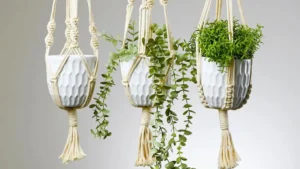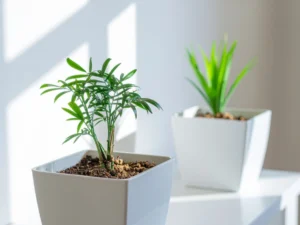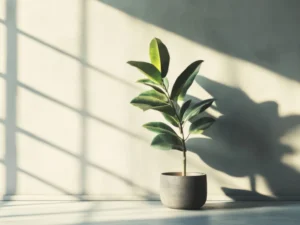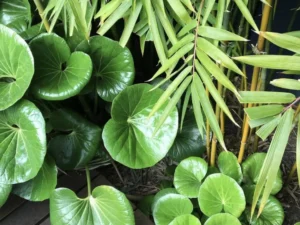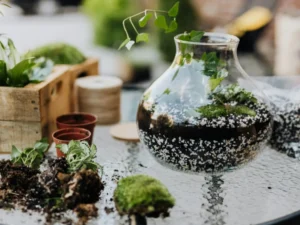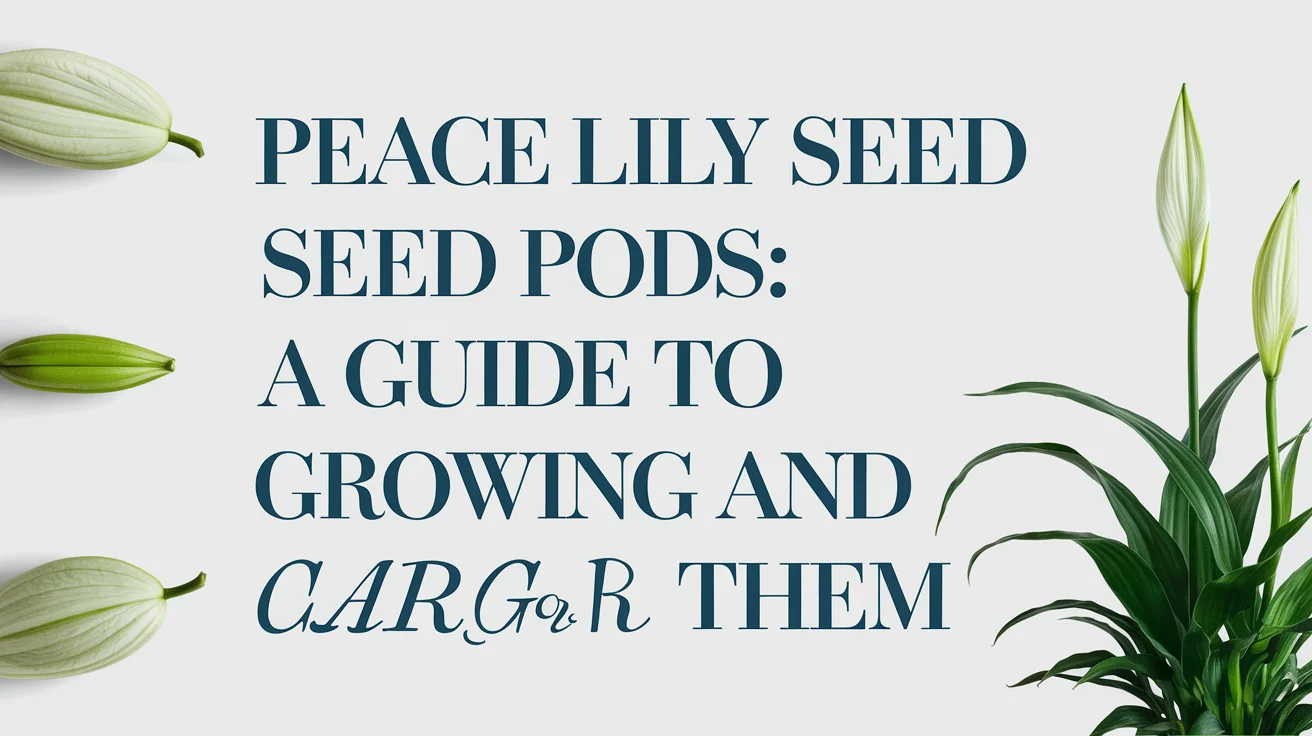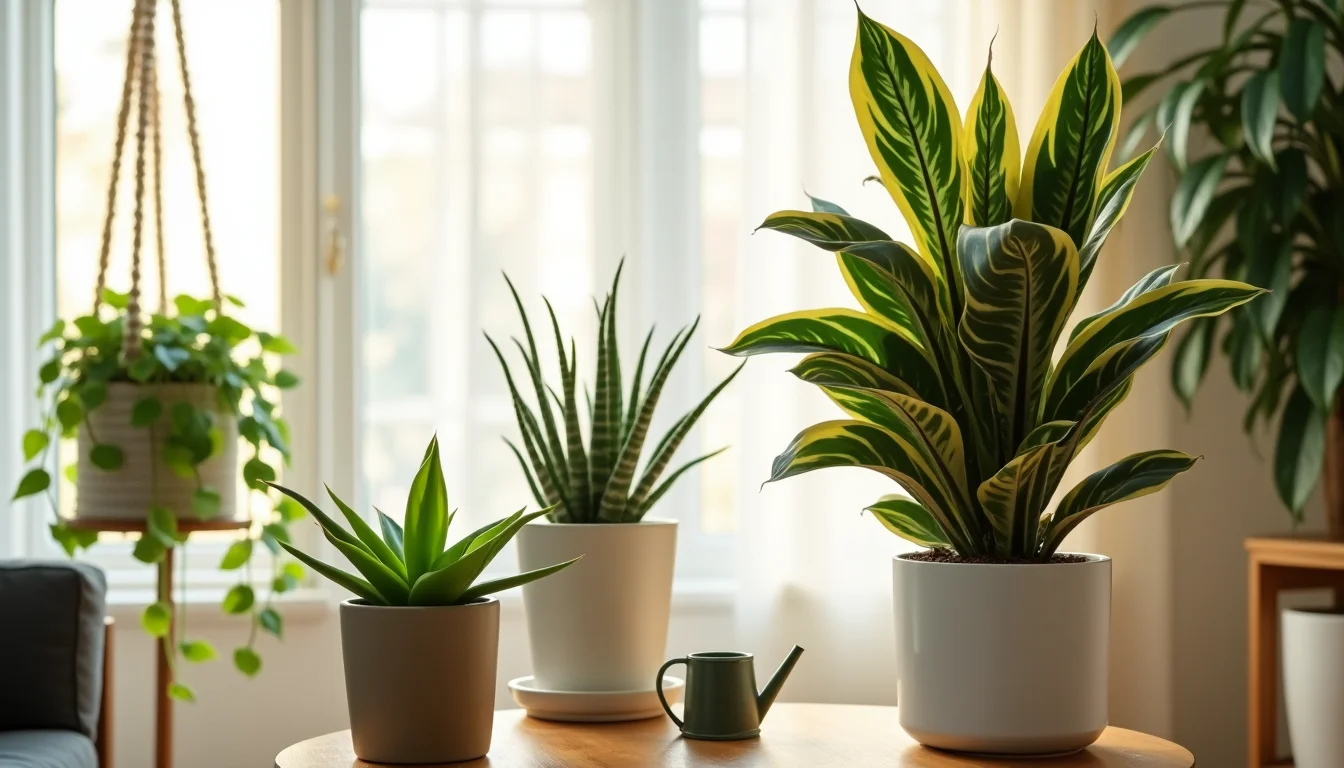The Sensation Peace Lily is more than just a houseplant, it’s a bold, living statement of elegance and tranquility. With its massive, glossy leaves and soft, peaceful presence, it effortlessly adds charm and calm to any interior. This tropical beauty offers more than just style, it purifies the air, requires minimal maintenance, and grows beautifully even in low-light areas.
Whether you’re enhancing a modern home, creating a spa-like bathroom, or softening a workspace, this plant delivers a luxurious all inclusive experience in both beauty and benefits. Let’s explore why this indoor giant is loved by plant enthusiasts, interior stylists, and wellness seekers alike.
What Makes the Sensation Peace Lily Unique
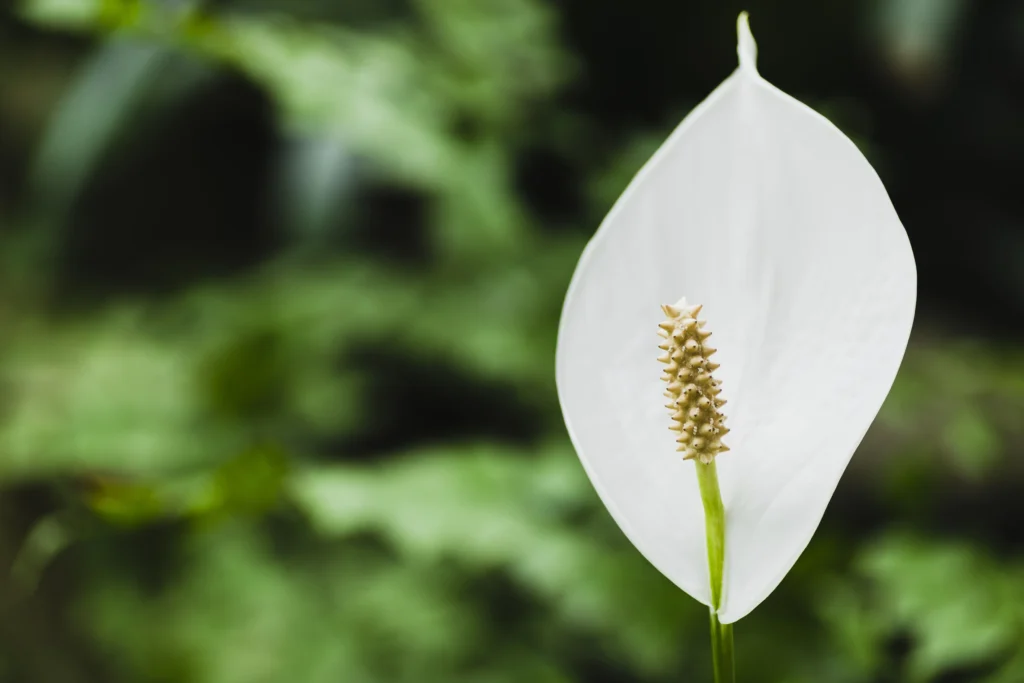
Unlike its smaller peace lily cousins, the Sensation variety makes a dramatic visual impact. Its broad, ribbed leaves can grow over 50 centimeters long, creating a tropical forest feel indoors. But size isn’t its only standout feature. It combines grandeur with resilience, making it suitable for plant lovers of all levels. Even without regular blooming, the foliage alone is captivating.
The plant exudes calm, softening the atmosphere of any room. Its architectural shape works well in corners, beside couches, or along empty walls. You don’t need a green thumb to enjoy this stunning plant, which thrives on gentle neglect. It’s not just about looks, NASA studies have shown that peace lilies, including this one, improve air quality, adding to its practical appeal.
Oversized Beauty that Commands a Room
The Sensation Peace Lily grows significantly taller and wider than standard types. Its size adds structure and sophistication to open layouts or dull corners. It draws attention without overpowering a room, acting like living art.
Subtle, Soothing Presence
Despite its bold form, its leaves gently arch outward, adding a peaceful softness to the environment. It invites stillness into the spaces it inhabits, creating a mindful and reflective mood.
Quietly Cleans the Air
This variety filters toxins such as formaldehyde and benzene while increasing humidity. It silently contributes to a healthier atmosphere and enhances well-being through better air quality.
Sensation Peace Lily: Ideal Light, Placement, and Environment
This peace lily thrives in settings that mimic its tropical origins, moist, warm, and shaded environments. It’s surprisingly flexible and adjusts to typical indoor conditions, but to maximize its health and size, the right placement is key. Place it where it gets indirect sunlight throughout the day and isn’t disturbed by foot traffic or temperature changes.
Areas near north- or east-facing windows are ideal, as they offer filtered light without scorching rays. If placing it in rooms with lower humidity, consider adding a humidifier or clustering it with other plants to create a moisture-rich zone. It’s a plant that loves routine and responds beautifully to stable conditions. The more consistent its environment, the more lush and symmetrical it grows.
Indirect Light is Best
Bright but filtered light will promote healthy leaf growth. Direct sunlight may burn its leaves, leading to faded tips and discolored edges. A spot with gentle morning light is ideal.
Sensation Peace Lily: Avoid Sudden Drafts
Keep the plant away from cold air vents, windows, or frequently opened doors. Temperature swings stress the plant, making it more prone to leaf browning or drooping.
Use Natural Humidity to Your Advantage
High humidity supports lush growth. Place it in rooms like the kitchen or bathroom, or use a tray of water with pebbles beneath the pot to help raise humidity levels naturally.
Watering Needs and Moisture Balance
Watering is where many plant owners make mistakes, but the Sensation Peace Lily is generous with signs. Its large leaves droop when thirsty, signaling it’s time for a drink. The goal is moist, not soggy soil. Aim for consistency in your watering schedule to avoid root issues or dry tips.
Use your finger to check the top inch of soil. If it’s dry, water thoroughly and let excess water drain away. Avoid letting the plant sit in water, as this leads to root rot. During summer, watering may be needed weekly, while in winter, spacing out your watering helps avoid overhydration. Room-temperature, filtered water is best to prevent mineral buildup.
Consistency is Key
Set a schedule that suits your environment and stick to it. Even moisture keeps the leaves upright and glossy. Avoid extremes of dryness or oversaturation.
Sensation Peace Lily: Use Room-Temperature Water
Cold water can shock the roots and cause stress, especially during colder months. Lukewarm or filtered water protects root health and promotes smooth absorption.
Watch for Wilting as a Signal
The plant’s leaves will wilt dramatically when it’s thirsty but bounce back within hours of watering. Learning this signal is crucial for long-term success.
Sensation Peace Lily: Soil and Potting Requirements
Your Sensation Peace Lily will only be as healthy as the soil it grows in. Rich, well-draining soil supports strong root development and vibrant leaves. A mix of organic matter, like compost or peat, paired with aerating materials such as perlite or orchid bark, gives roots the structure and airflow they need.
It’s also vital to choose a pot that drains easily and suits the plant’s size. As it grows, you’ll need to repot every one to two years to prevent it from becoming root-bound. Repotting gives the roots room to expand and refreshes the soil with new nutrients. Spring is the best season for this, aligning with the plant’s natural growth cycle.
Well-Draining Mixes Work Best
Choose a soil mix with ingredients that allow for water retention without causing soggy roots. Avoid using heavy garden soil or anything without aeration properties.
Pick a Pot that Supports Growth
Use a container that lets excess water drain freely to avoid root rot. Heavy ceramic or clay pots also add stability, which is perfect for taller plants like the Sensation Peace Lily.
Sensation Peace Lily: Repot Every 1–2 Years
As the roots grow denser, they may begin to wrap around themselves and become restricted. Repotting into a slightly larger container gives the plant more room to expand and continue growing healthily.
Feeding and Nutrient Boosting
While peace lilies are known for their low-maintenance nature, the Sensation variety flourishes best with consistent feeding. Proper nutrition encourages vibrant leaf color, sturdier stems, and overall plant vigor. Feeding not only improves visual appeal but also supports root growth and internal plant strength. It’s especially important during spring and summer when the plant is actively growing.
Be cautious with feeding frequency, overfeeding can harm the plant. A diluted, balanced fertilizer provides everything it needs without overwhelming its roots. Organic options can be especially beneficial, offering slow-release nutrients while improving soil structure.
Choose Balanced Fertilizers
Fertilizers with equal parts nitrogen, phosphorus, and potassium (like 10-10-10) are ideal. Look for gentle, liquid versions that absorb easily and won’t clog the soil.
Fertilize During the Growing Season Only
Always dilute fertilizers to half strength to prevent burning the plant’s delicate roots. Overfeeding can cause lasting damage, so it’s safer to underfeed a little than to apply too much and stress the plant.
Less is More
Always dilute fertilizers to half strength to avoid burning the plant’s delicate roots. Feeding lightly is safer, as even a small excess can lead to long-term stress or damage over time.
Common Problems and Their Fixes
Every plant, even the resilient Sensation Peace Lily, has its challenges. Thankfully, most of its issues are easy to identify and fix when caught early. Leaf discoloration, drooping, and slow growth are signs the plant is reacting to environmental stress or care inconsistencies. Pay attention to these cues, and the plant will respond positively.
The trick is to respond, not react. Investigate the cause before making big changes. With regular observation, you’ll become attuned to your plant’s natural rhythms, helping you prevent issues before they escalate. Prevention is always more effective than cure.
Yellow Leaves Mean Water Trouble
Yellowing leaves often signal overwatering. Let the soil partially dry out before watering again, and always ensure the pot has good drainage to prevent water from pooling at the bottom.
Sensation Peace Lily: Brown Tips Can Be Fixed
Dry indoor air or chemicals in tap water can cause issues for your plant. Try using distilled or rainwater, and boost humidity by misting regularly or placing a pebble tray beneath the pot.
Lack of Growth? Add Light or Feed
Low light or inconsistent feeding can slow down your plant’s growth. Place it in a spot with bright, indirect sunlight and feed it monthly during the active growing season to keep it thriving.
Styling Your Home with a Sensation Peace Lily
This peace lily isn’t just a houseplant, it’s a style element. With its bold silhouette and deep green leaves, it’s a natural fit for interior design. Whether you prefer modern, boho, or traditional decor, it complements and enhances various aesthetics. Think of it as living furniture that breathes, grows, and evolves.
The key is to match the plant with its surroundings. Pair it with pots that suit your color scheme and use it to break up hard lines or empty spaces. It brings movement, texture, and life to corners and walls that would otherwise go unnoticed.
Think Vertical
Its impressive height makes it ideal for filling vertical space. Try placing it in empty corners or next to large furniture pieces to add softness, contrast, and natural balance to the room.
Layer with Smaller Plants
Create a plant family by grouping it with smaller species around the base. This layering effect adds depth, visual interest, and a calming, natural vibe to your space.
Sensation Peace Lily: Go Monochrome or Bold
Stick with neutral planters if you prefer a clean, minimalist style, or go for bright, patterned pots to bring in personality and visual flair that complements your decor.
Health and Air Purifying Benefits
More than just a visual treat, the Sensation Peace Lily promotes better health indoors. It naturally filters toxins from the air, including common chemicals found in cleaning products and furniture. This improves overall indoor air quality and contributes to a healthier, more breathable space.
It also increases humidity, helping with dry skin, respiratory discomfort, and better sleep. These health benefits make it an excellent choice for bedrooms, workspaces, and living rooms where wellness is a priority. Its beauty and utility go hand in hand.
Sensation Peace Lily: Purifies Indoor Air
Research shows that peace lilies can remove pollutants like formaldehyde, benzene, and trichloroethylene. It quietly works in the background to keep your space clean.
Increases Humidity
Through natural transpiration, the plant releases moisture into the air, helping to improve indoor humidity. This can ease dryness in the skin, sinuses, and airways, making your space more comfortable.
Promotes Calm and Restfulness
Its gentle curves and deep green foliage create a calming effect, making it perfect for areas where peace, focus, and mental clarity are essential, like bedrooms, home offices, or meditation spaces.
Conclusion
The Sensation Peace Lily is more than just an indoor plant, it’s a holistic lifestyle enhancer. It combines elegance with practicality, offering lush foliage, air purification, and serene aesthetics all in one. Whether placed in a cozy apartment or an open office, it brings balance, wellness, and grounded energy. It requires little but gives a lot.
From its luxurious all inclusive charm to its low-maintenance care, this plant fits effortlessly into busy lives. It elevates spaces both in appearance and atmosphere. Once you bring one home, you’ll wonder how you ever lived without it.






